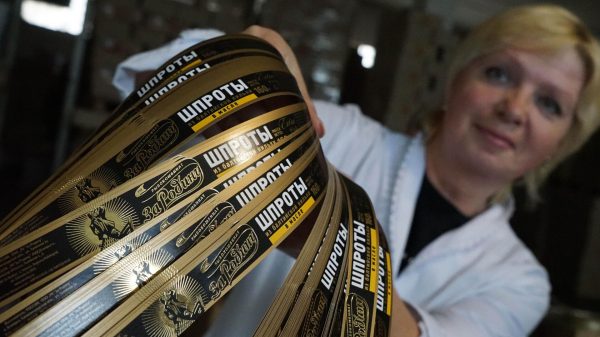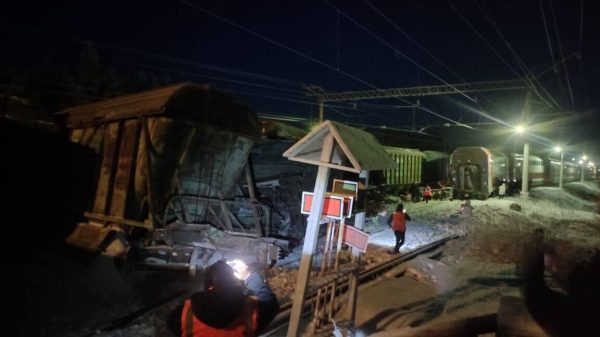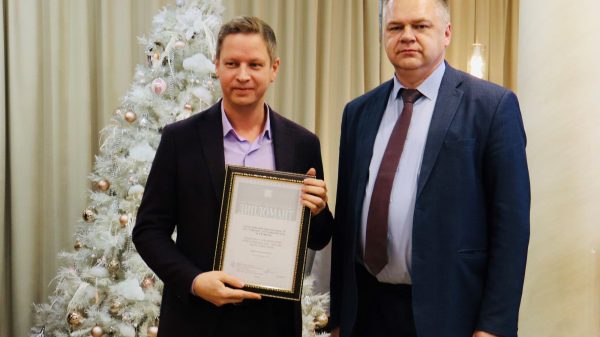An outbreak of a mystery illness over two days in early December in the south Indian city of Eluru saw more than 560 people hospitalised, most of them children, and baffled doctors. Symptoms were described as being similar to epilepsy, with convulsions and vomiting accompanied by burning eyes and loss of consciousness.
Recovery tended to be quick although the death of one man was attributed to the illness. In the midst of the Covid pandemic theories circulated that it was caused by too much disinfectant or vegetables washed in chlorine. Local traders saw sales slump.
Last week the Andhra Pradesh state government announced that pesticide residue in the water was the “main reason” for the illness, based on preliminary findings from the All India Institutes of Medical Sciences (AIIMS) and the National Environmental Engineering Research Institute (NEERI), which studied blood samples from patients. AIIMS also reported high heavy metal content in local milk, while NEERI found dangerous levels of mercury in surface water.
It has become a political row – with the opposition party in the state demanding a full inquiry. But lead poisoning in India is a longstanding public health issue.
A study this year by Unicef and the NGO Pure Earth documented childhood lead poisoning. “In data gathered over 15 years, we’ve found that India is the most affected,” says Richard Fuller, founder of Pure Earth. And the problem often comes from an unexpected source – Indian spices and curry powders.
Dr Ipsita Mazumdar is a professor of biochemistry at Kolkata’s KPC Medical College and Hospital and has been studying the effects of lead poisoning from food powders since 2014.
Over a three-month period, Mazumdar tested some of the country’s most popular spices – chilli, cumin, curry powder, garam masala and chat masala. She tested 52 samples of turmeric, assessing branded and packaged varieties, as well as loose powders sold by street vendors in Kolkata.
She found lead in all of them.
The cause, she found, was food colouring contaminated with compounds of lead. Lead chromate was added to the turmeric to brighten its golden colour and lead oxide gave the chilli powders a rich red hue. The other spices tested, including curry powders, garam and chat masalas, had small amounts of lead, but not at such high levels as the turmeric and chilli.
“Keep in mind that the ill effects of lead exposure build up over time and that these spices are used in households every day and across India,” she says. “Unlike other sources of lead contamination that have been identified, like automobile exhaust, leaded paints and pipes used in homes, this is a hidden hazard. We really aren’t aware of the full scope of this problem yet.”
Lead exposure can be particularly harmful to children under five, who absorb 4–5 times more of the toxic metal from a given source than adults and, as result, can suffer long-term physical, cognitive and neurological damage. Lead exposure during pregnancy can also affect a child’s growth and their ability to see, hear and learn.
In urban areas, the improper processing of lead acid car batteries causes toxic material to leach into the ground, says Fuller.
India produces an estimated 30m cars a year and is the fourth largest automobile manufacturer in the world. Lead acid batteries last about four years before they are recycled, often in back yards and scrap metal businesses across India’s cities, posing a huge health hazard. “The automobile industry is booming, but much of the recycling of lead acid batteries lies in the hands of small scrap dealers who do not have the means of processing them safely,” says Fuller.
Pure Earth has identified more than 700 potentially toxic sites in India, 225 of which were assessed. Of these, all but one were contaminated by lead that had leached into the environment, affecting soil and water sources.
India’s high goods and services tax (GST) of 28% is one reason batteries find their way to these scrap dealers in the first place, Fuller says. “The informal sector is under the radar, but bigger manufacturers have higher operating costs as a result of GST. If the GST were scrapped, lead acid batteries would be processed by bigger plants, and with greater safety.”
‘Mind-boggling variety’: the food crusaders preserving India’s heritage
Read more
One of India’s biggest studies on lead poisoning was conducted in 1995 by the George Foundation (now Shanti Bhavan), which tested the blood of 15,000 children and 5,000 adults. “We found that lead poisoning was a major obstacle to growth, affecting more than 50% of Indian children before puberty,” says Ajit George, director of operations for the Shanti Bhavan children’s project.
About half of the under-12s in the study had a blood lead level double that considered by the World Health Organization to cause symptoms of decreased intelligence, behavioural difficulties and learning problems.
While there is no “safe” lead exposure, especially in children, as the level increases, so does the severity of the problems.
That research from 25 years ago drove new regulations for Indian oil corporations and the phasing out of leaded petrol and now, the target of eliminating lead paints. But there are other risks that have not yet been addressed, says George.
“In rural India, high levels of lead were found in cooking utensils, the moulds of aluminium cookware and in ceramic glaze,” he says. These small-scale industries will always be harder to regulate.
Vigilance is key to avoid devastating consequences, but greater awareness is needed to combat all sources of contamination, says Mazumdar.




































































Свежие комментарии